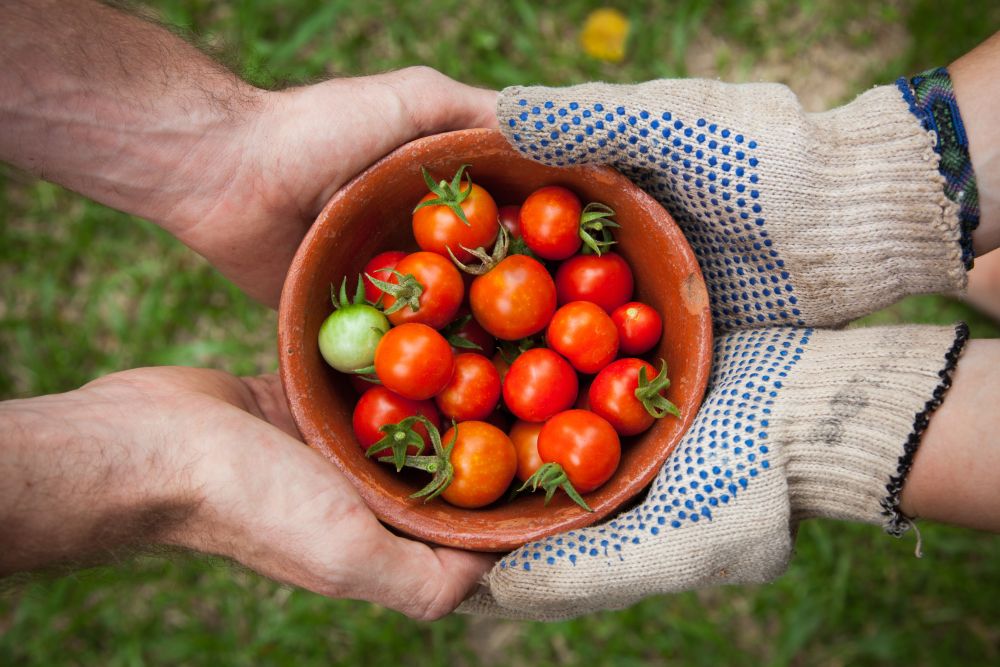I thought now would be the best time to dive in the veggie world with our resident expert, Janette.
Q: “What are the most popular veggies?”
This year is a very bizarre year. It seems like every vegetable, herb, and fruit are in high demand! Usually we see tomatoes, peppers, potatoes, garlic, lettuce, herbs to be the most popular. Tomatoes are by far the leader in popularity though and there are so many different varieties and sizes you can go with.
Q: “Can I grow Basil?”
Basil can be very hit and miss here in Calgary. Any temperature deviation can cause it to wilt and die. Too much water can effect it negatively too. I recommend growing it in a pot so it can easily be brought indoors. Veeeery tricky. Better to be grown inside in a controlled environment using grow lights and trays. The nanodome kit is a great product for growing basil.
Q: “When can I start my veggies?”
The standard for planting outside is Victoria Day weekend, however you’ll want to start early ones like kale, spinach, snow peas, and broccoli from seed outside (depending on weather) as these are hardier and do well in the cooler temperatures. Use frost blankets, and veggepods for greater success. Of course, you can also grab some already started plants from the greenhouse here and plant them straight into the garden if you’d rather skip the teedy seed step.
Q: “Veggies for shade?”
You can go with arugula, lettuce, spinach, carrots, kale, and potatoes! They are all good in the shade! A fun rule of thumb is that your large leaf veggies are best for shady locations. Anything that is a heavy producer like cucumbers, tomatoes, strawberries, etc need more sun.
Q: “Are bees important?”
Bees are possibly the most important insect on the planet. They are very important for the pollination of blooms especially in tomatoes, beans, and cucumbers. I have witnessed gardens with little to no pollinators and their success is always low. Plant loads of flowers, especially at different heights (sunflowers, hanging baskets, window boxes, etc) to attract the bees in. Also, don’t be afraid of dandelions, clovers, bell flower! They are a major early source of food for these critters, and you can always weed them out after the bees have had their fill.
Q: “What herbs attract bees?”
Any flower will attract bees, but like anything, some are better suited than others. Lavender, borage, mint, oregano, sage, thyme, and rosemary are some of the most common. Even if you don’t particularly like to use them, a basket or two of these throughout the veggie patch will pay dividends come harvest time.
Q: “Can I mix flowers with veggies?”
Always mix them. Not only for the fun you can have in aesthetics, which is an art in its own right. Google “Potagers”. They are incredible and have major benefits. Alyssum attracts hover flies which feed on aphids. Cosmos bring in bees and green lace which feast on wings aphids and thrips. Lavender can help repel deer. Marigolds repel bugs above and below the soil and rabbits. You could ward off some major threats without ever having to purchase and use a pesticide!
AMAZING INFORMATION! I’m gonna go buy some flowers to go with my veggies this year. Who know? Big thanks to Janetter for her wisdom this week.
Next week: Perennials 101: Building an Established Yard
Happy Gardening!
Brandi

